How to keep potted plants from freezing outside? This question haunts each and everyone who loves plants. Seasons keep changing, and so the needs of potted plants. Winter is upon us; it means it is high time to prepare your gardens, lawns, and potted plants to survive in the cold.
Winter gardening is very tough. It would help if you protested hard, as there is not enough sunlight. Root damaging frequently occurs in winter, and that is the most challenging. It is so painful to see plants you have grown start dying because they are unfit to survive. So, what to do now? Let them die and shut down your garden. No way.
Everyone loves their gallery full of potted plants, along with mesmerizing and colorful flowers. It seems so relaxing to be amidst greenery and having morning tea. But this feeling of relaxation vanishes in a second when you see your lovely potted plants start drying in winter.
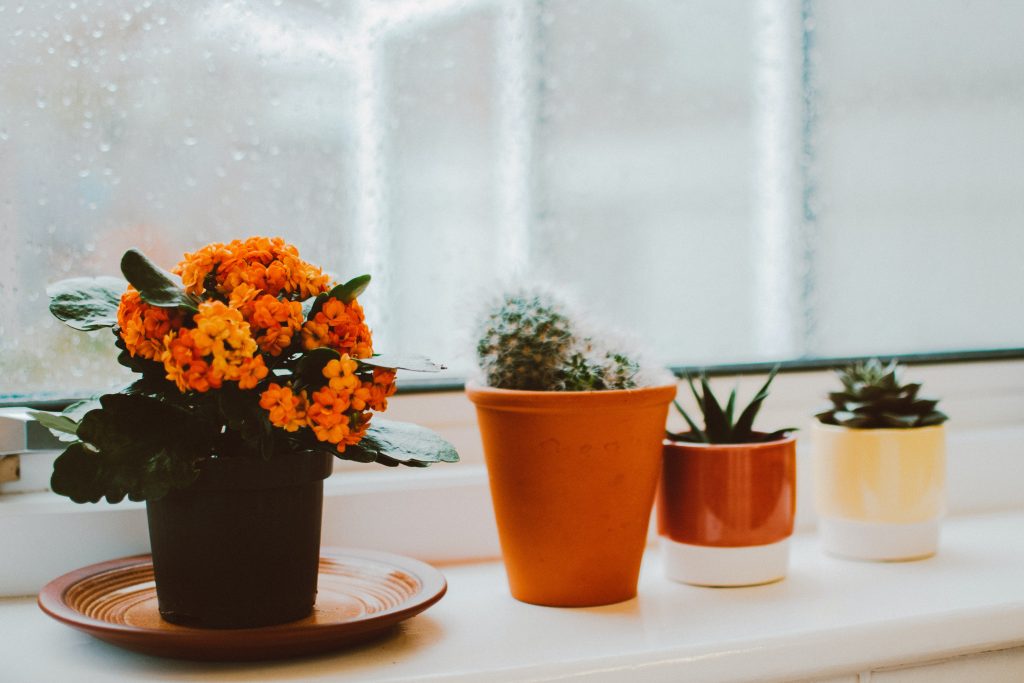
If you analyze this problem wisely, it is not a winter season, but it is the nourishment we fail to provide. Lack of information, improper nourishment, wrong gardening techniques, and place where potted plants are kept are some areas where you need to act. No worries anymore. We are here to help you.
We have a solution to the most frequently asked questions, “How to keep potted plants from freezing outside?” We have brought scientifically proven methods and techniques of gardening for you, who love planting and growing.
Let’s grow together.
What Happens Exactly with Potted Plants in the Winter Season Even After Taking So Much Care?
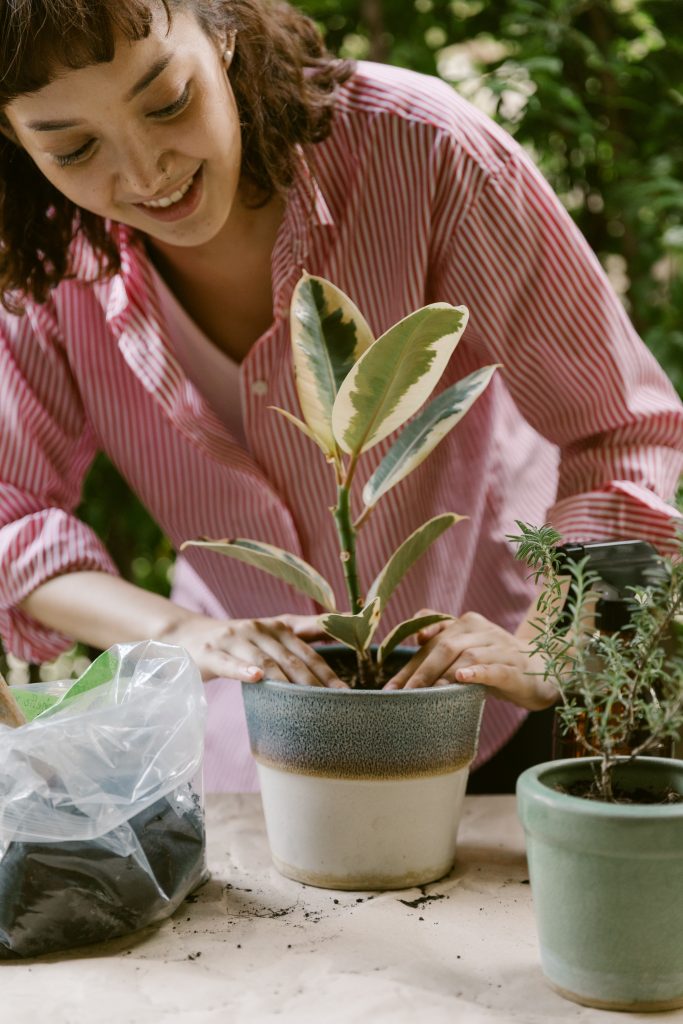
Every garden geek must have faced this problem. Right? Yes, it is right. In winter, the temperature keeps falling, resulting in the freezing of potted plants’ roots. When you water plant, water accumulates, and as the temperature falls, it freezes.
This results in an insufficient supply of nutrients to other parts of the potted plant. Also, the process of photosynthesis slows down during winter due to insufficient sunlight. Overall, your plants need more care, more love, and more attention during winter. (As your loved one needs) So the right time for preparing potted plants for winter is before freezing begins.
Your plants, Our Suggestions – Choice of Pots and Plants
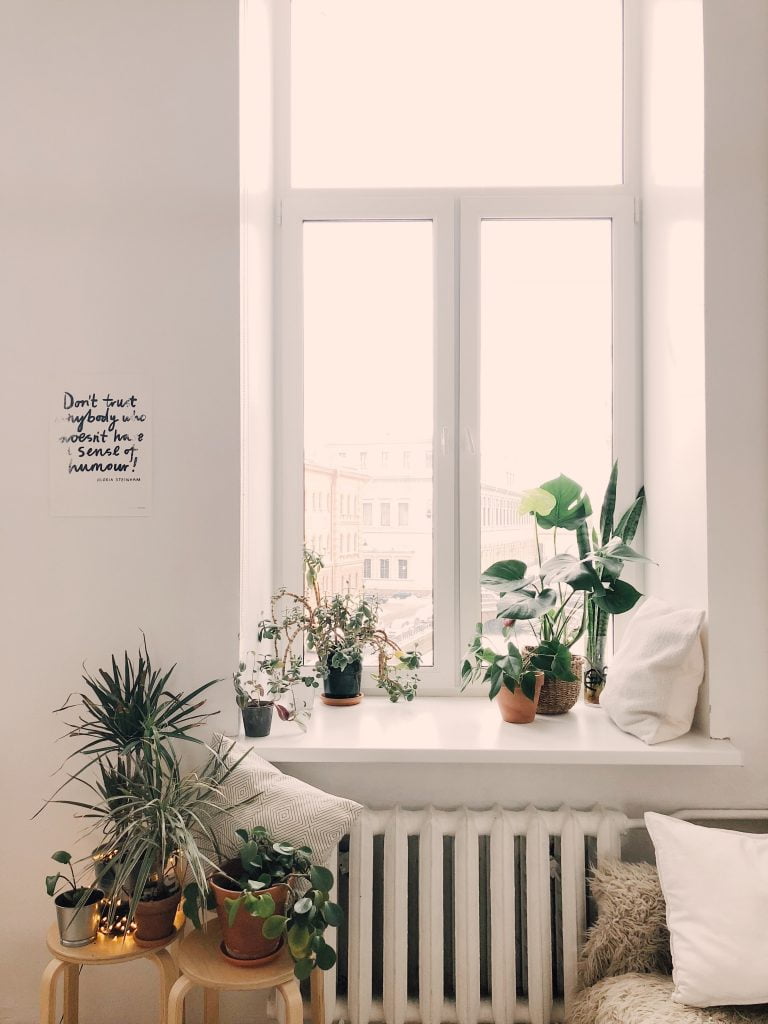
They say, “Choices you make bring a huge difference in your life.” Do not know anything about your personal life, but the choice of pots and containers will surely make a difference for your potted plants.
Check out if the pot has a small hole or say drainage system so that water can be out and air can be in. A sound drainage system would not let water accumulate in pots. Accumulation of water can cause freezing in the pot in winter.
Let the pots or containers be spacious enough. Avoid hanging pots. If you do not want much effort to protect the plant in winter, choose plants wisely. Go to nearby nurseries and ask them to provide plants suitable according to the coldness of your place.
Space Matters a Lot
Move potted plants indoors if the room is available, where enough sunlight reaches. Places such as window side, precisely window in the east-west direction otherwise another problem would arise.
Cover the pots with cardboard or newspapers to provide warmth. It might make a difference of one to two degrees difference. This difference might be a thin line between survival or freezing. Make sure that the room is not overheated or dark.
It would inhibit the growth of potted plants. What if the room is not available? Or if the pots are immovable? Collect all the small pots and place them together in any larger container. It will provide enough warmth to potted plants and will save your space. Repotting is a solution for immovable pots.
Gently place plant from older pot to newer and lighter pot having wet and moist soil inside it and bury roots deep inside the soil. Take care of roots while removing the plant from the older pot. Put some more soil and press hard. Water it. Make sure that the soil is floppy so that air can be stored.
Watering is Important
Though small plants do not require frequent watering yet keep an eye on the moisture of the soil. As there is no rainfall in winters, provide adequate water to potted plants. Adequate water reached to roots provide warmth to roots. You might have read when water freezes, it releases heat, which is known as latent heat. So, water potted plants on time. Keep in mind, do not let accumulate it over the surface.
The Early Plantation is Preferred
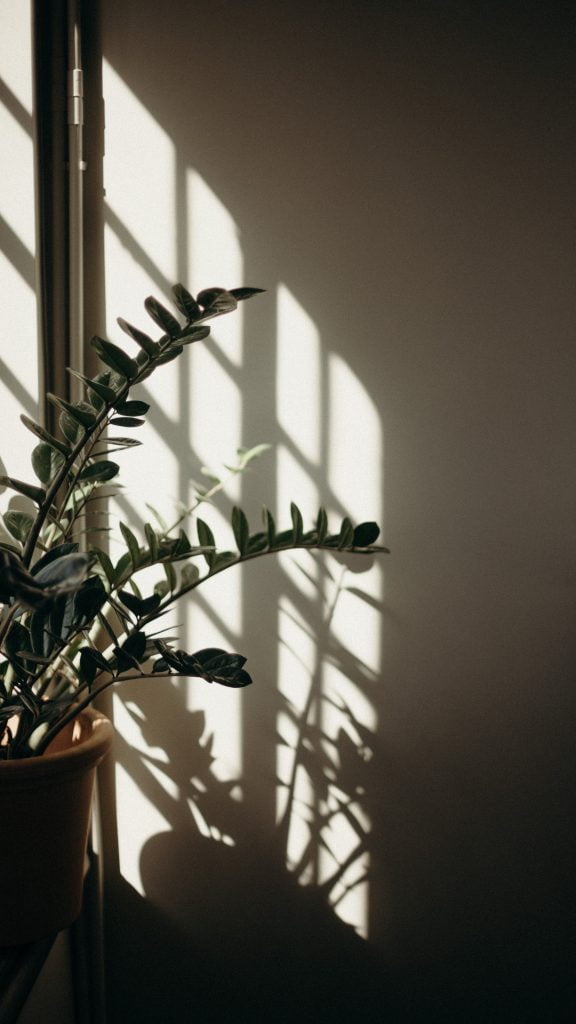
Plant as early as possible before the winter season’s arrival makes your plants ready to fight the cold—the more vigorous the roots, the stronger the plants. Stronger and mature roots survive better in the cold. Select the plants which are fittest to survive in the worst temperature fall and then plant plants.
Keep Pots Above the Surface
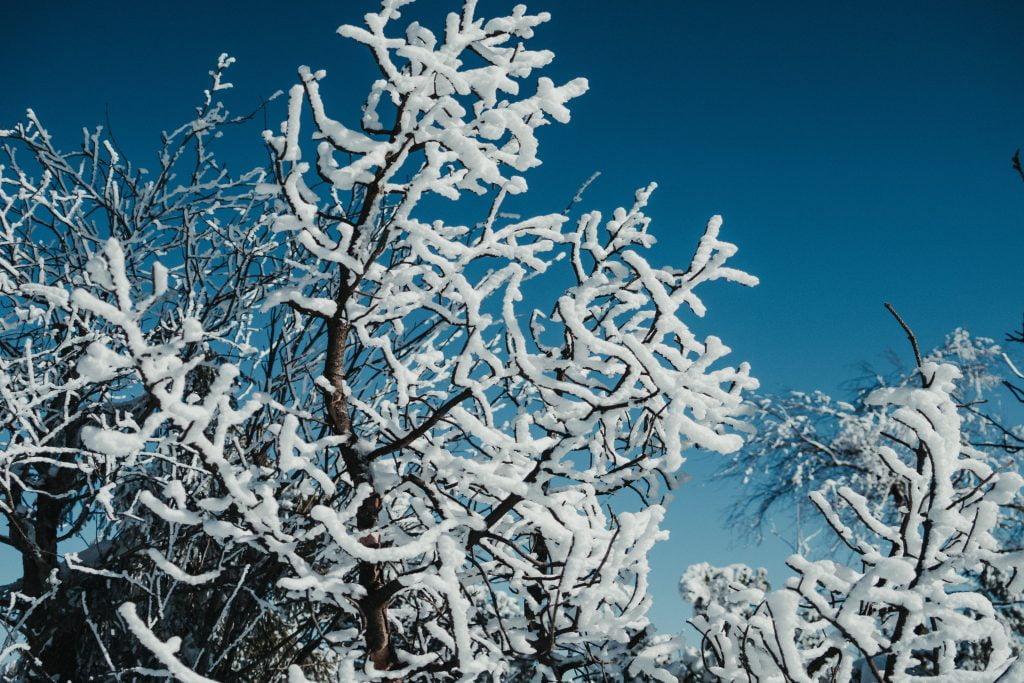
Most of the pots have a hole at the bottom. For the convenience of drainage, the hole should be open. You are keeping the pot on the surface will cover-up the hole. So, place your pots on two spaced bricks or medium-sized stones. Root rotting, weakening of roots, and soggy soil result you see if proper care is not taken.
Provide Shield
The plant surface is the first to dry in the winter season, so it should be protected. Spread a two-inch layer of dry leaves, a layer of straw or wood mulch. You can prefer wheat or pine straw. It will provide warmth and protection to potted plants, as it holds the heat and provides to roots.
You can also wrap your pots with newspapers or cardboards. Covering plants with a transparent plastic bag is also a good shield if the temperature falls drastically. Cover plants that cover do not touch any of the leaves; otherwise, it will damage the plant. It is a good practice during the winter season.
Remember to take out mulch before spring arrives.
Dig Ground
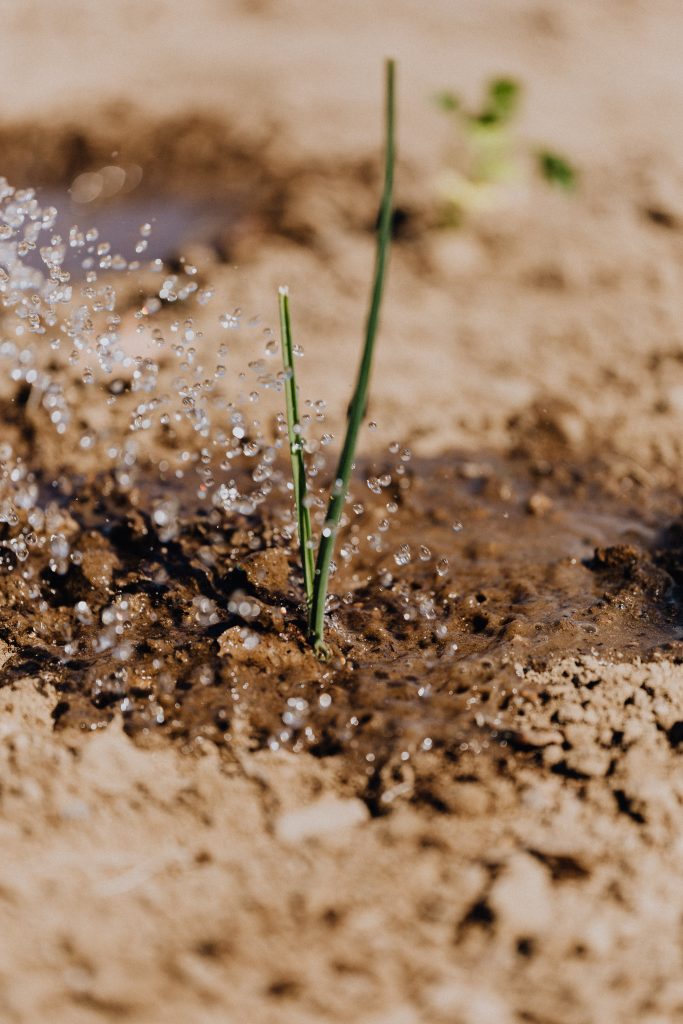
Mother Earth has been swallowing everything for the welfare of humankind for ages. Her warmth heals every creation of nature. So, dig the ground and make enough big hole and keep plants in the womb of Mother Earth. Make a group of plants and place them together in that hole. Do not forget to keep an eye on it frequently.
Important Note for Every Person and to Be Followed Every Season:
It is tempting to buy plants, bring them to your spacious galleries, and decorate your house with real plants and colored pots. Often, we bring it home but fail to take care of small plants. We often bring potted plants out of temptation but keep in mind everything comes with a price. You must pay the price by treating your potted plants as your child. It needs attention, love, nutrition, and warmth.
A multi-talented scientist, Dr. Jagadish Chandra Bose, has proved that plants have life. He invented instruments to keep track of signals sent by plants. He felt electrical responses by the plants. In his research, he states plants are sensitive to your touch, affection, and your attitude towards it. Even he proved, affection promotes the healthy growth of potted plants in your house. He also proved that it respires, has a productive system, grows, lives, and feels too.
Try to understand the language they speak and treat them the way they need. Make them your family member and then see the results. Growth and nutrition will be outstanding and surprising for others.
So, if you plan to make your garden, dedicate a specific time every day for gardening. Educate yourself about gardening and then make a decision. Think twice because you are bringing a new life into your life.
Grow together.







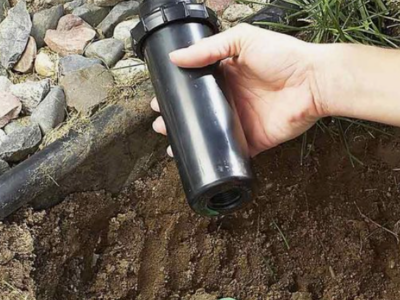
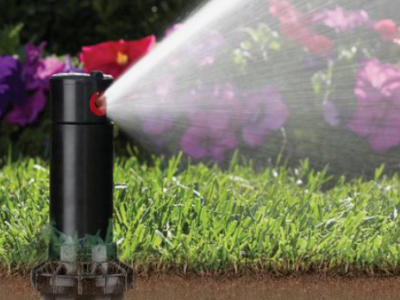
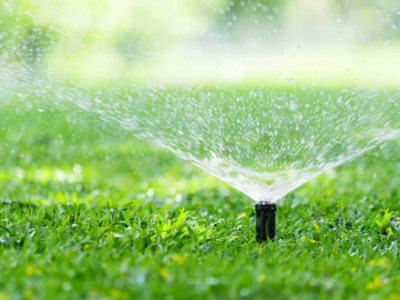
Comments